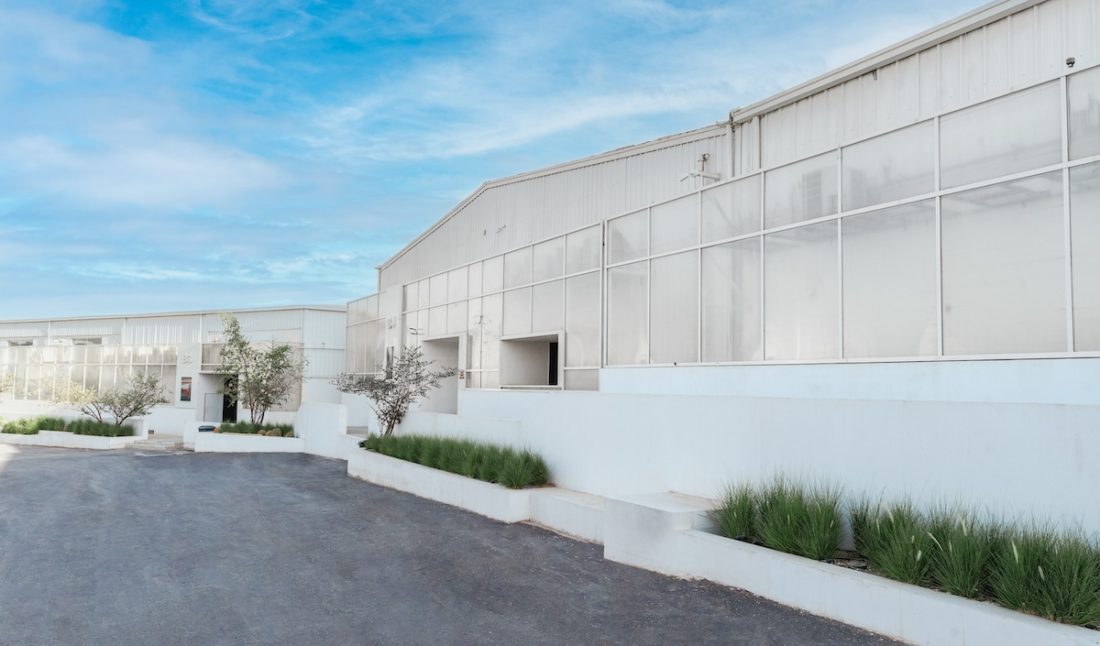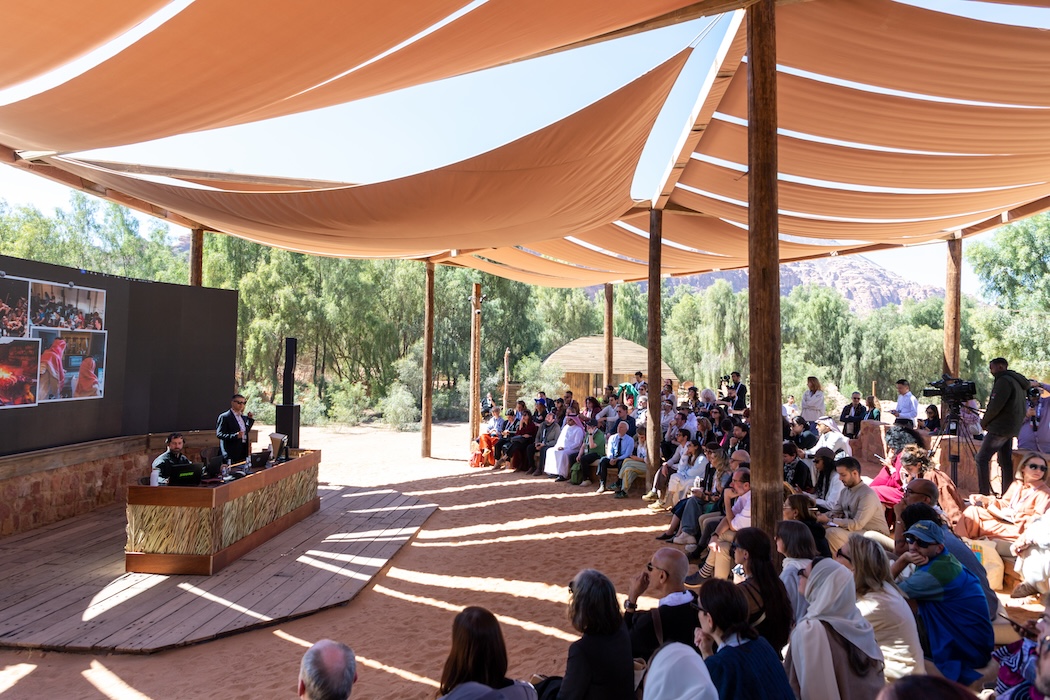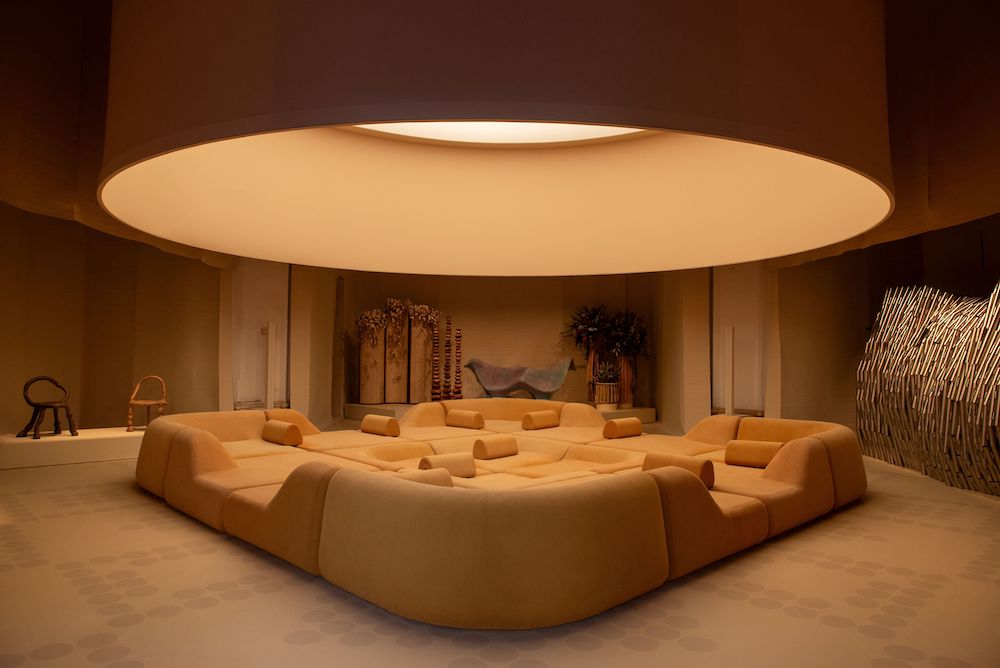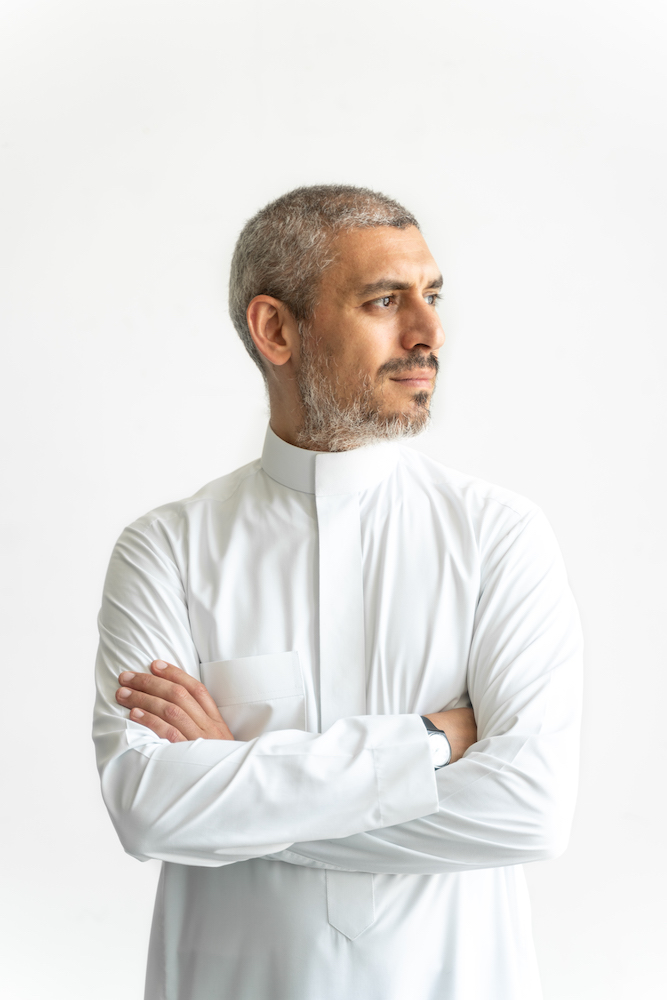Artistic Director Ute Meta Bauer Leads the Biennale’s Second Edition
The Diriyah Biennale Foundation presents the second edition of Saudi Arabia’s Diriyah Contemporary Art Biennale from February 20 to May 24, 2024, returning to its home near the UNESCO World Heritage site of At-Turaif just outside of the capital Riyadh. Under the care of a new artistic director, Ute Meta Bauer, the curatorial title “After Rain” has informed a program around ideas of renewal and revitalization. The 2024 biennial encompasses works and presentations by over 90 artists from more than 40 countries, selected by Bauer with the help of an international curatorial team comprised of Anca Rujoiu, Rose Lejeune, Rahul Gudipudi, and Wejdan Reda.
“It is our deeply held belief and ambition as a Foundation to deliver world-class international platforms that highlight the transformative power of the arts in Saudi Arabian society. ‘After Rain’ opens a new chapter for the Diriyah Biennale Foundation, where a diverse and multi-generational group of artists come together,” said Aya Al Bakree, CEO of the Diriyah Biennale Foundation. “Following the great success of the inaugural Diriyah Contemporary Art Biennale in 2022, this edition’s team will make a significant contribution to the vitality of contemporary art in Saudi Arabia and to the presence of Saudi culture on the world stage.”
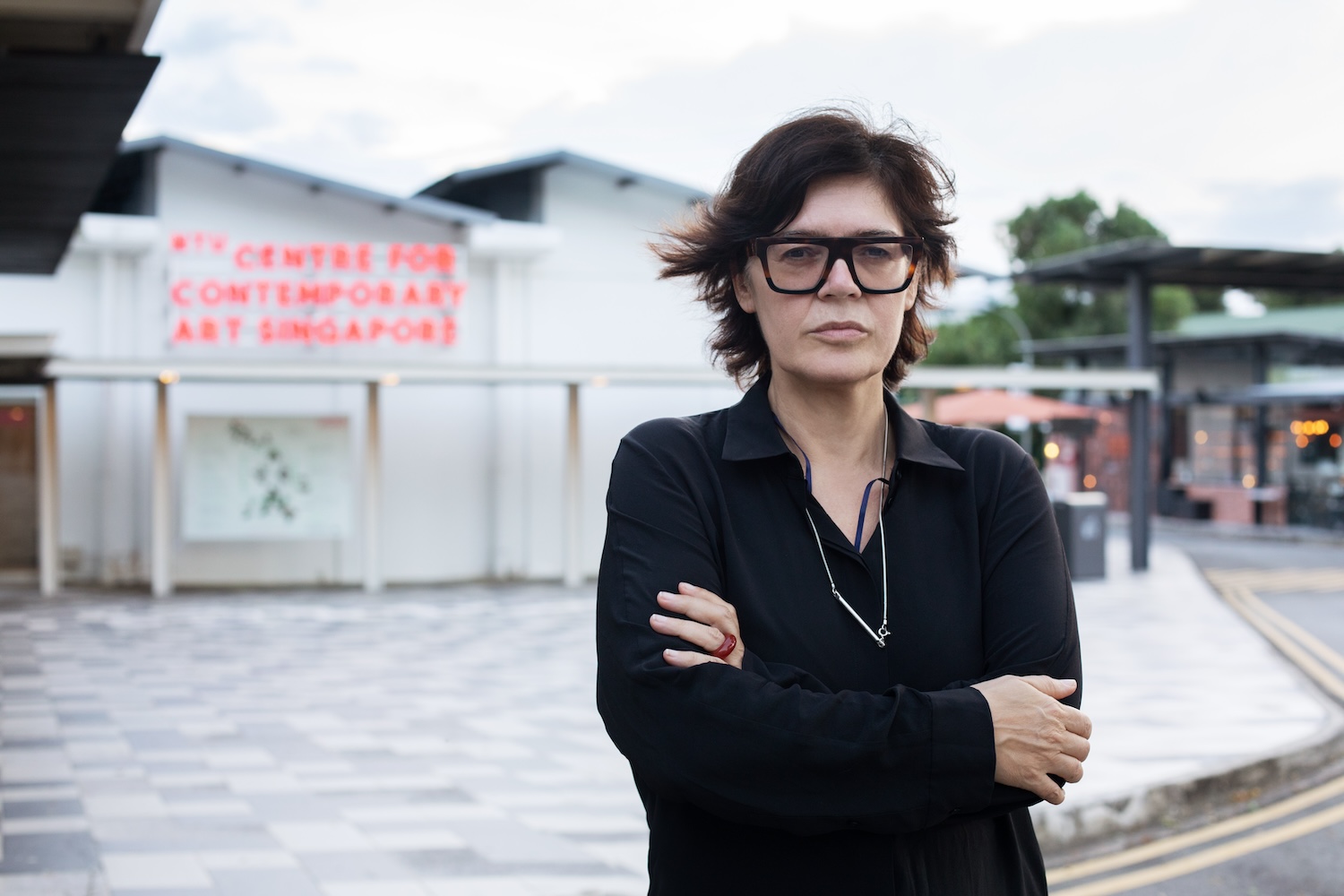 Portrait of Creative Director Ute Meta Bauer; photo by Christine Fenzl, courtesy of the Diriyah Biennale Foundation.
Portrait of Creative Director Ute Meta Bauer; photo by Christine Fenzl, courtesy of the Diriyah Biennale Foundation.
Within Diriyah’s JAX District, an Engaging and Communal Presentation Unfolds
Making up the biennial’s presentation space is a series of seven halls and a compilation of courtyards and terraces in Diriyah’s JAX District, where attendees will find exhibitions, installations, events, and other programming. Throughout the show’s three-month run, visitors can engage with multisensory art experiences across mediums and through an array of happenings, including special concepts put in place for the month of Ramadan (March 10–April 9). Joining more art-centric programming, the holy month has inspired a handful of communal experiences, with gatherings centered around food sharing—like a bamboo structure for cooking and eating by Britto Arts Trust or a public meal headed by Lucy + Jorge Orta.
“The holy month of Ramadan is an important time for Muslims from around the world, this edition of the Biennale takes into consideration the time, place and culture in conversation with our participating artists,” said co-curator Wejdan Reda. “During Lucy + Jorge Orta’s visit to Saudi Arabia earlier this year we met with local chefs and various experts and spoke extensively about the rituals around communal meals. Considering the nature of their project 70×7 The Meal Act XLVI, we chose to situate this in Ramadan as it is an important opportunity for art, culture, and the community to be brought together. The wider programming during Ramadan reflects these ideals.”
New Programming Echoes Contemporary Shifts and Sparks Cross-Cultural Dialogue
Of particular note during the biennial is the region’s rapidly changing social scene, which is represented in the programming by multiple generations of artists. “The Saudi I visit today is different from the one two years ago,” said Bauer. “For me it is very important to speak about this in the Biennale. What role can art play in a society with a very young generation, in a country that is being restructured in a very fast process? What does this mean for everyday life? Hence, we have a substantial number of new commissions, from performative works to communal eating, to architectural installations and sound research, that reflect local culture in a moment of rapid change.”
The featured artists can be seen engaging in discourse around topics like the region’s history, the human-nature continuum, examinations of the built environment, and art that encourages its viewers to better observe and listen to their surrounding landscapes. Treating the program as a living entity built around exchanges and processes, as opposed to a static presentation, this year’s show is focused on the importance of encouraging creative dialogue between Saudi Arabia and the rest of the world. Bauer told Whitewall, “The Biennale was developed after conducting several research trips across Saudi Arabia, aiming to gain a deeper understanding of the region and the artists active there. These trips involved meeting with artists, but also consultations with experts in various fields, such as medicine and botany, and played a pivotal role in shaping the curatorial framework for the Biennale.”
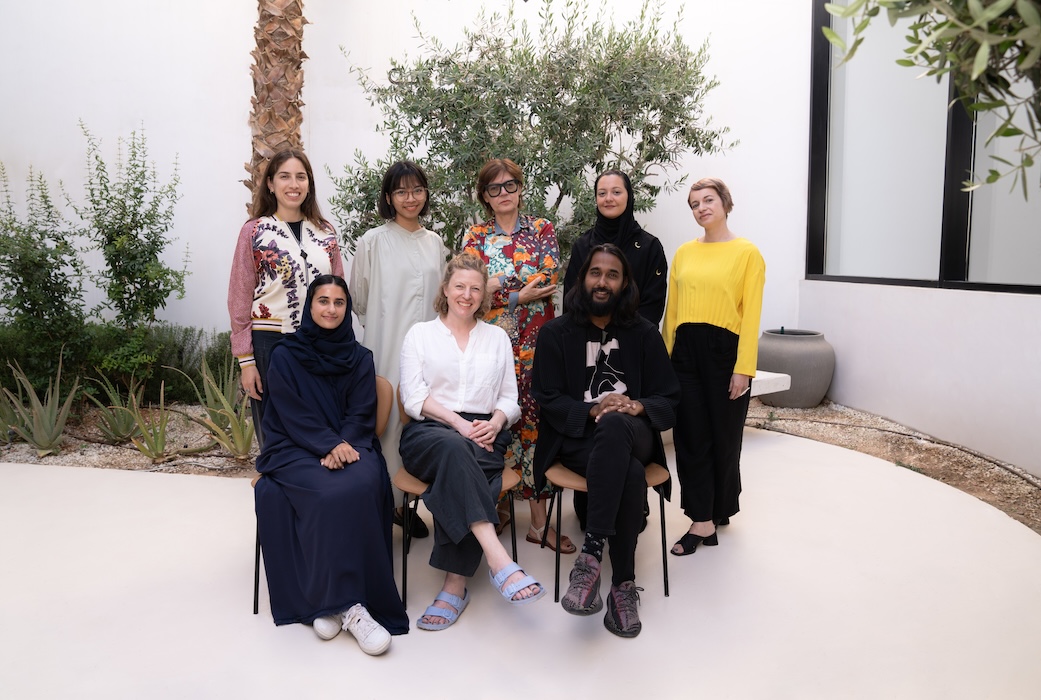 The 2024 Diriyah Contemporary Art Biennale curatorial team; top (L-R): Ana Salazar, Dian Arumningtyas, Ute Meta Bauer, Wejdan Reda, Anca Rujoiu; bottom (L-R): Alanood A Alsudairi, Rose Lejeune, Rahul Gudipudi; courtesy of Diriyah Biennale Foundation.
The 2024 Diriyah Contemporary Art Biennale curatorial team; top (L-R): Ana Salazar, Dian Arumningtyas, Ute Meta Bauer, Wejdan Reda, Anca Rujoiu; bottom (L-R): Alanood A Alsudairi, Rose Lejeune, Rahul Gudipudi; courtesy of Diriyah Biennale Foundation.
Nearly 20 Artists and Collectives Debut New Works
Supporting the biennial’s mission of cultural exchange, the work commissioned especially for “After Rain” includes artworks and architectural activations—some of which create spaces for performances, readings, and other interactions. Nearly 20 artists and collectives are debuting commissioned works, including a collaboration between Saudi Arabian artist Ahmed Mater and the Berlin-based photographer and filmmaker Armin Linke, Sara Abdu’s look at cleansing rituals featuring towers made of soap, and a reflection on Mohammad AlFaraj’s home of Al Ahsa, which encompasses live palm trees and a sound element. Other commissions include those by likes of Anne Holtrop, Mariah Lookman, Azra Akšamija, Rasha Al-Duwaisan, Tarek Atoui, Hasan Hujairi, Camille Zakharia, and NJOKOBOK (Youssou Diop and Apolonija Šušteršič).
“The nature of this Biennale edition is to engage with artists on multiple levels in a way that is aligned with the specificities and the needs of their artistic work. Several artists commissioned for this Biennale are committed to social practice: Njokobok (Apolonija Sustersic and Youssou Diop), Britto Arts Trust (with Tayeba Begum Lipi and Mahbubur Rahman), Mariah Lookman, to name a few,” said co-curator Anca Rujoiu. “Their new work is embedded in interactions and exchanges with different communities, from merchants in the souqs to workers and farmers in Diriyah within the vicinity of the Biennale area.”
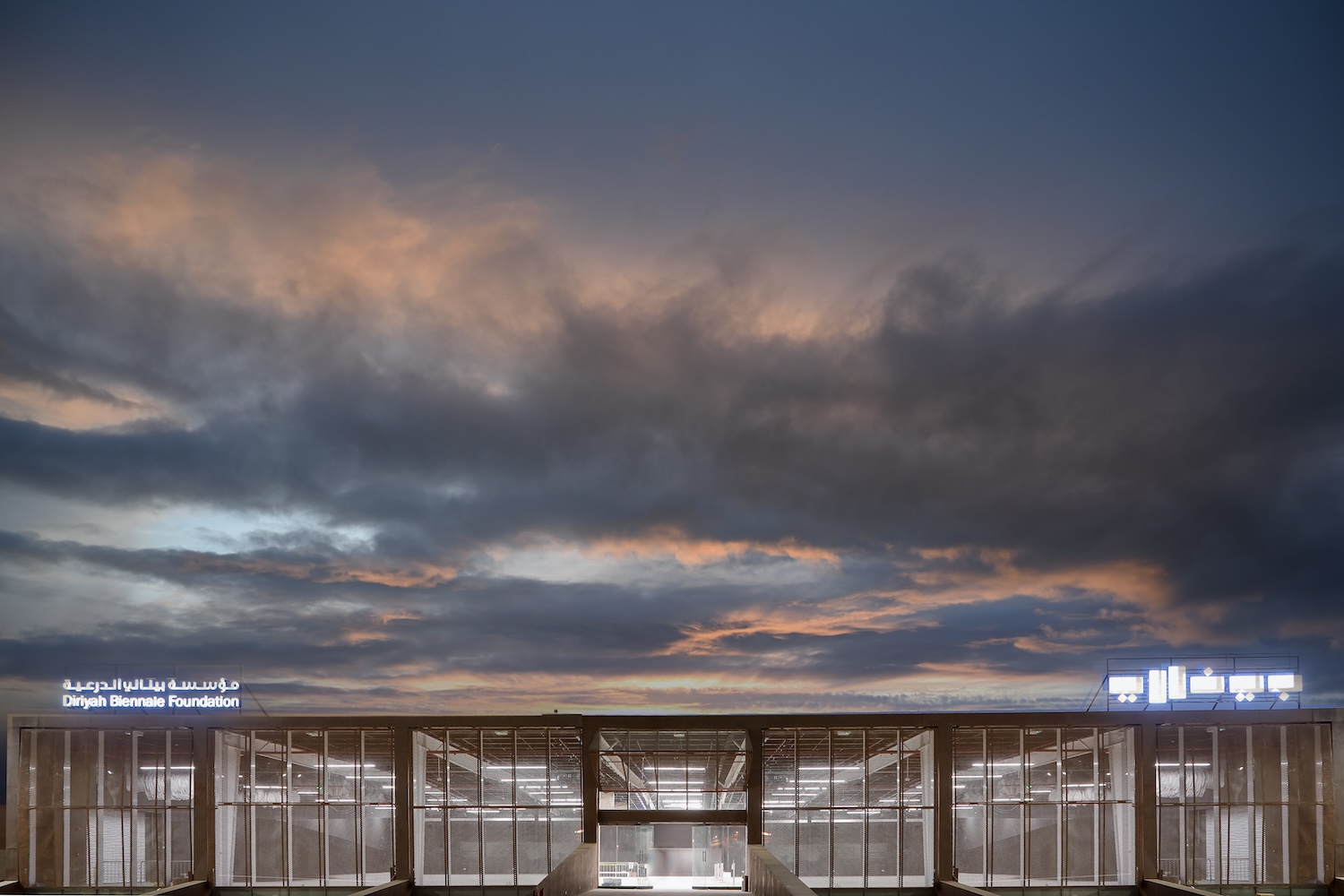 The location of the Diriyah Contemporary Art Biennale in the JAX District in Diriyah, courtesy of the Diriyah Biennale Foundation.
The location of the Diriyah Contemporary Art Biennale in the JAX District in Diriyah, courtesy of the Diriyah Biennale Foundation.
A Myriad of Creatives Take Visitors on an Unforgettable Journey
Alongside these commissions is an arresting lineup of creators both established and emerging, with more than a third of participating presenters representing the greater Gulf region. These include names like Ursula Biemann, Tomás Saraceno, Nabila Al Bassam, Kee Ya Ting, Regina Maria Möller, Nazgol Ansarinia, Ângela Ferreira, Dhali Al Nasser, Irene Agrivina, Taus Makhacheva, Elia Nurvista, Hussein Nassereddine, Liam Young, Nguyên Trinh Thi, Samia Zaru, and Anne Holtrop, just to name a few. Those in attendance can also expect to be engaged by the work of poets, performers, musicians, and more, across various happenings through the biennial’s run.
“The role of a biennial goes beyond the presentation of contemporary art, as it feeds off and nurtures the cultural ecosystem in which it is embedded. This multifaceted and multi-format Biennale can be seen as a journey, becoming a place for both interaction and contemplation, as each work becomes a storyteller, a protagonist, or an actor in a play,” Bauer said.






